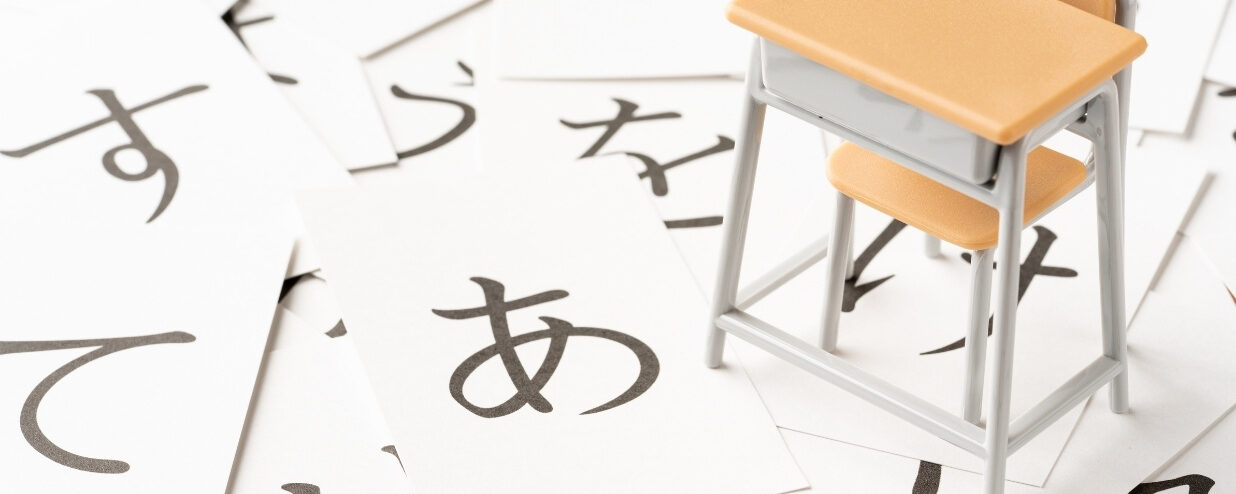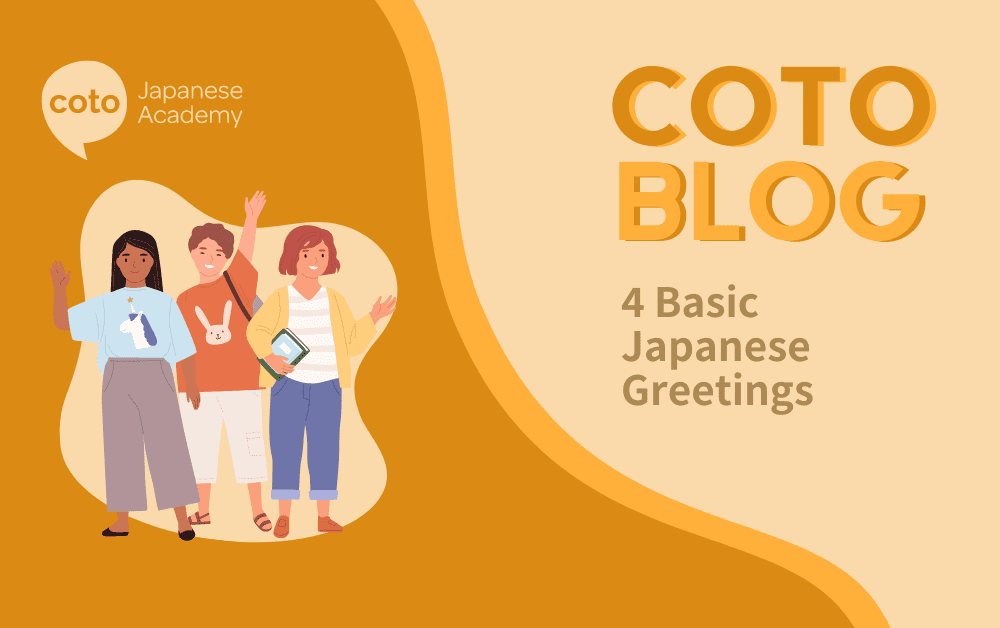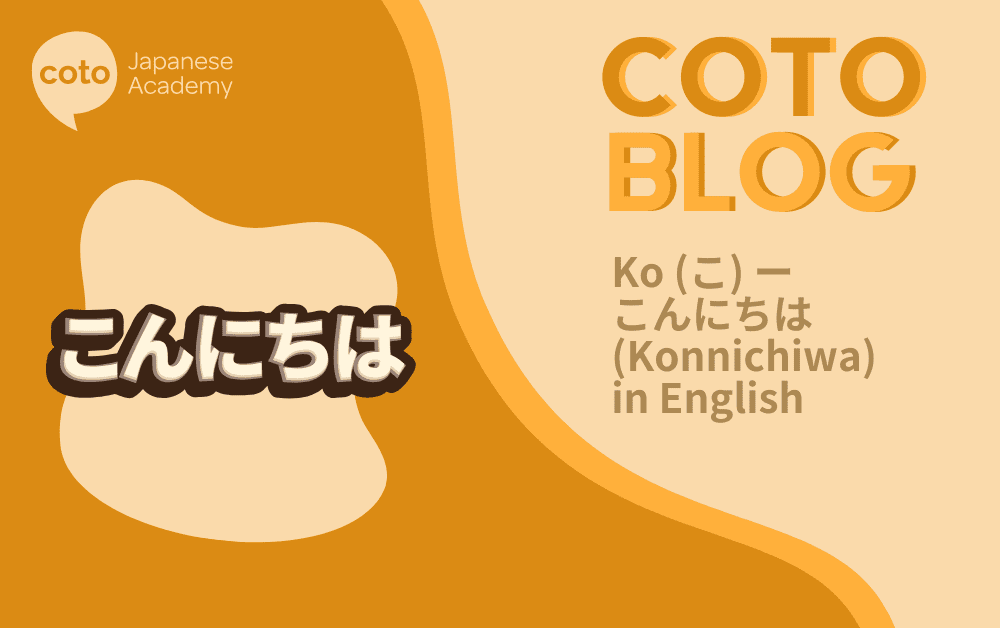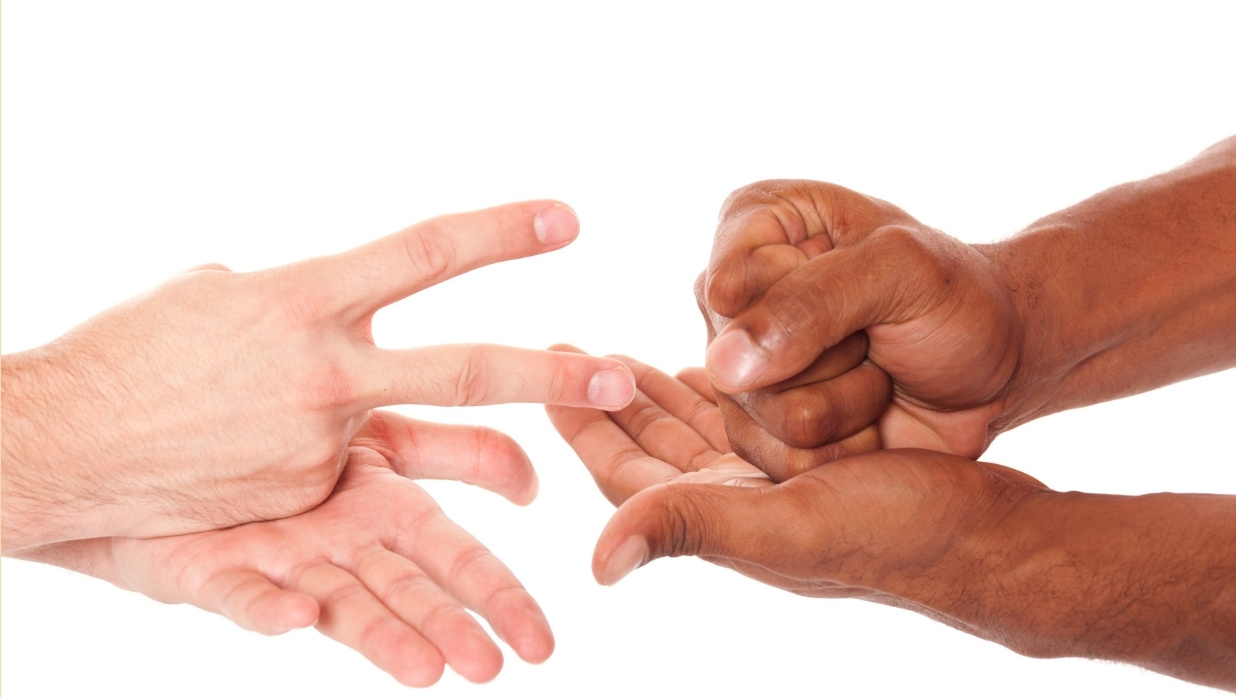「いってきます」「いってらっしゃい」「ただいま」「おかえりなさい」: 日常生活における日本語表現
いってきます」「いってらっしゃい」「ただいま」「おかえりなさい」。しかし、これらのフレーズは一日のうちに何度も使われる。

いってきます」「いってらっしゃい」「ただいま」「おかえりなさい」。しかし、これらのフレーズは一日のうちに何度も使われる。

Learning Japanese can feel overwhelming at first, but mastering basic greetings and essential vocabulary is a […]

Click Here to join our 30 day challenge to learn Hiragana How to Ask Fundamental Questions in Japanese: Who, W […]

Learn about the word Senpai and its meaning in Japanese and English in this latest A-I-U-E-O Learning Blog.

This blog will teach you how to use Daijobu / Daijoubu in Japanese. It lists 20 different ways that you can use daijobu / daijobu in Japanese with example sentences. So if you are looking for a quick reference that can teach you many ways of using this popular Japanese phrase – this is the blog for you!

日本語の挨拶は一日中変わるだけでなく、シチュエーションによっても変わるので、思っている以上に間違えやすい。あなたは間違えていませんか?

About this week’s Author: Mr. Matsumoto, was a junior high school Japanese teacher for 23 years before joining Coto Language Academy. Therefore, he is a Japanese language pro. He currently teaches Coto’s Intensive Courses (intermediate and advanced), Business Courses and the Part Time N1 grammar and reading classes. He is also involved in developing teaching materials at Coto.

Japanese Rock Paper Scissors In Japan, “rock paper scissors” is referred to as “じゃんけん” […]

Watashi? Boku? What’s the Difference? Are There Other Ways to Say ‘I’ or ‘Me’ in […]

日本語を勉強している人、あるいは日本に住んでいる人なら、そう、みたい、らしく、っぽい、で終わる言葉を耳にするかもしれない。
